Across a continent where high-speed railways are essential for daily travel, ensuring their safe and reliable operation is critical. To enhance the inspection and maintenance of vital infrastructure, many European countries are increasingly adopting drone-based solutions. These drone-led operations enable continuous monitoring of bridges, railways, and other transport networks, providing valuable data on structural integrity and alerting teams to potential repair needs.
Self-Charging Swarm Drones for Railway Inspections in Italy
To reduce risks associated with bridge and railway inspections carried out by people on the ground or crewed helicopters, the group Drones4Safety set out to increase railway safety through an autonomous and continually operating drone inspection system powered by AI. To make this work, every image the drone captures of the bridge or railway is sent to a cloud server and analyzed by algorithms to detect any faults in the infrastructure. It also utilizes AI for its self-charging function. When a low battery is detected, this system will utilize railway and powerline cables on its job site and use them as charging stations.
Swarm functions were also tested on this project. The organization indicated their goal was “to delegate tasks among multiple drones, improving inspection efficiency through a common information-sharing and synchronization setup. Drones4Safety successfully developed swarm algorithms focused on path planning and formation flying, which also include obstacle and collision avoidance, as well as protection against cybersecurity threats.”
This project was piloted at the Asti Bridge in Italy and at the Siemens Railway Test Center in Germany, with an ultimate-goal to provide this solution as a service to the market.
Bridge Inspections in GNSS-Denied Areas in Switzerland
Over the course of the last three years, HumanTech’s partners set out on a mission to digitalize construction and improve the safety, sustainability, and efficiency of infrastructure inspections. With the goal of reducing reliance on manual inspections and addressing labor shortages, they launched a pilot project on a bridge in Kleinandelfingen, Switzerland.
The project brought together experts from Implenia, Institute of Mechatronic Systems (ZHAW), STRUCINSPECT, and RPTU to develop a best-practice model combining drones, AI, and 3D modeling for more efficient and accurate infrastructure assessments.
One of the biggest challenges with capturing data around bridges is flying under the bridge where there are no GNSS signals. To combat this, researchers at ZHAW developed a system to use drone-based visual SLAM to gather data about its surroundings.
“This solution extends state-of-the-art commercial drone technology to capture perpendicular images, regardless of camera orientation, under difficult conditions” explained Patipol Thanuphol, research associate at ZHAW.
Once the scan data is collected, it is converted into 3D models where defects can be detected.
UTM Based Drone Platform Approved for Rail Inspections in the U.K.
DroneCloud, an all-in-one drone software platform, was chosen for BVLOS rail inspection missions in the United Kingdom. The inspections will cover nine rail routes with a total of 70km of railway.
The platform’s UTM system was the first in the country to be proven sufficient for Critical National Infrastructure, meaning that this government agency has vetted the technology and deemed it safe for continuous operation. A major step forward for normalizing drone operations.
DroneCloud commented on how this approval is not only making the railways safer, but saving the country money.
“This approval is more than a milestone in aviation — it’s a breakthrough for Britain’s railway. BVLOS operations allow drones to safely deliver large-scale, real-time monitoring and rapid response capabilities — reducing risk, cutting disruption, and enabling safer and more reliable services for passengers. Incident management has cost Network Rail over UK1 billion in the past decade. Trespass alone has caused 1.5 million minutes of delays since April 2024. Routine inspections are costly and time-intensive”


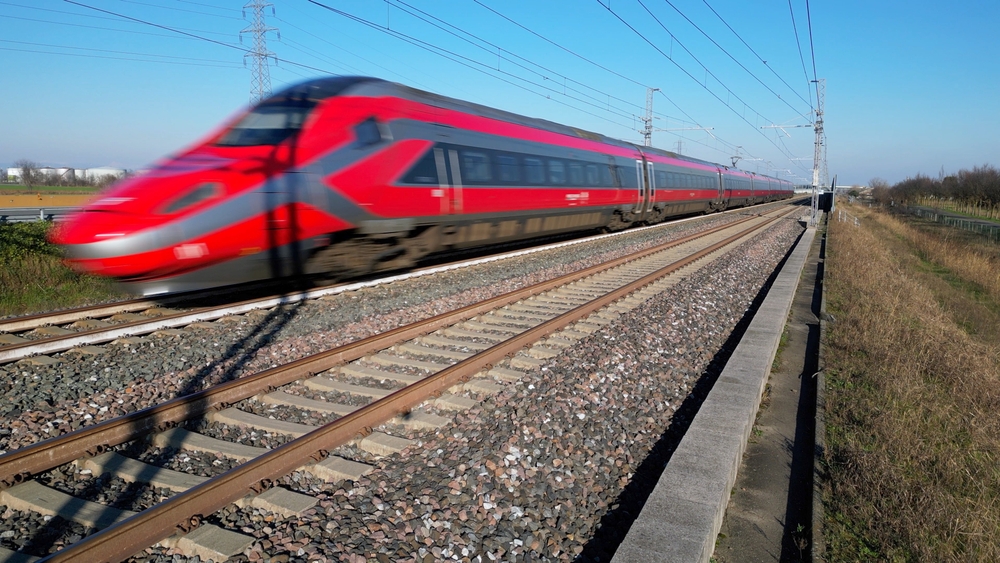

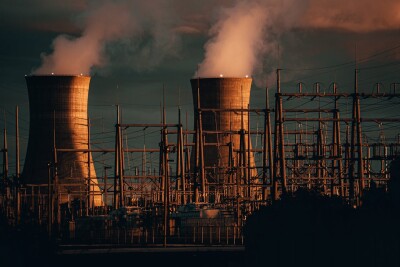


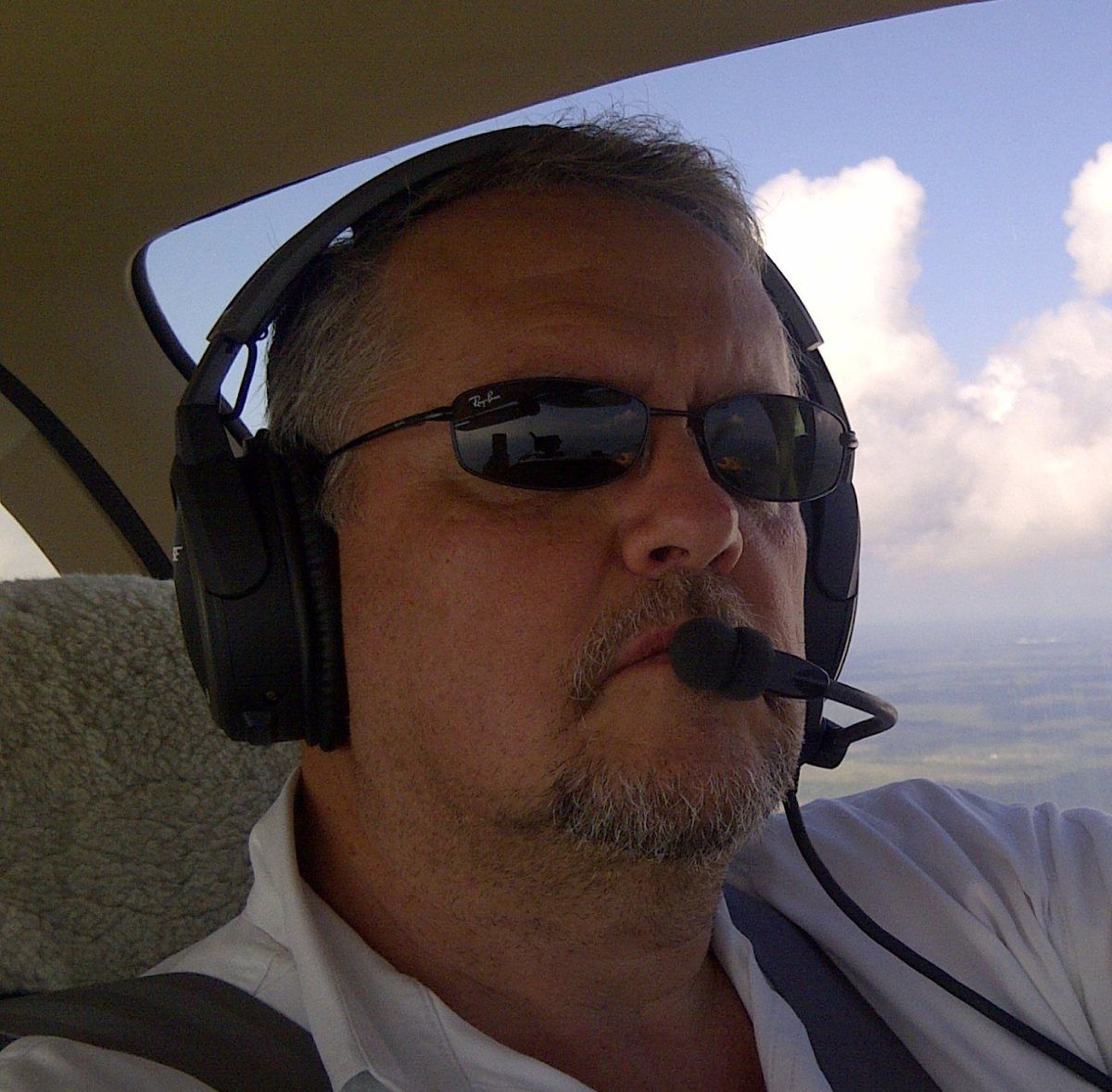




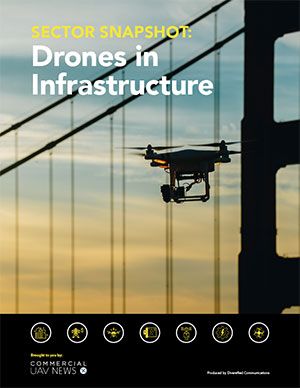
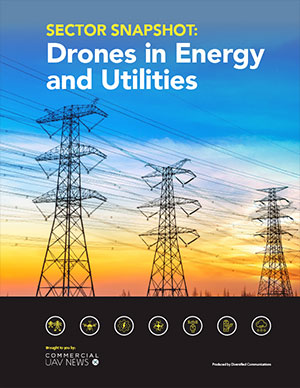
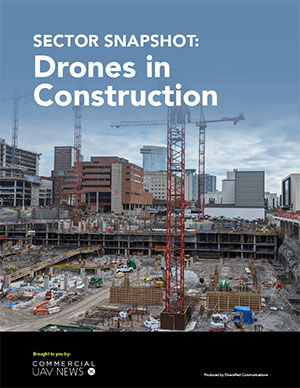
Comments